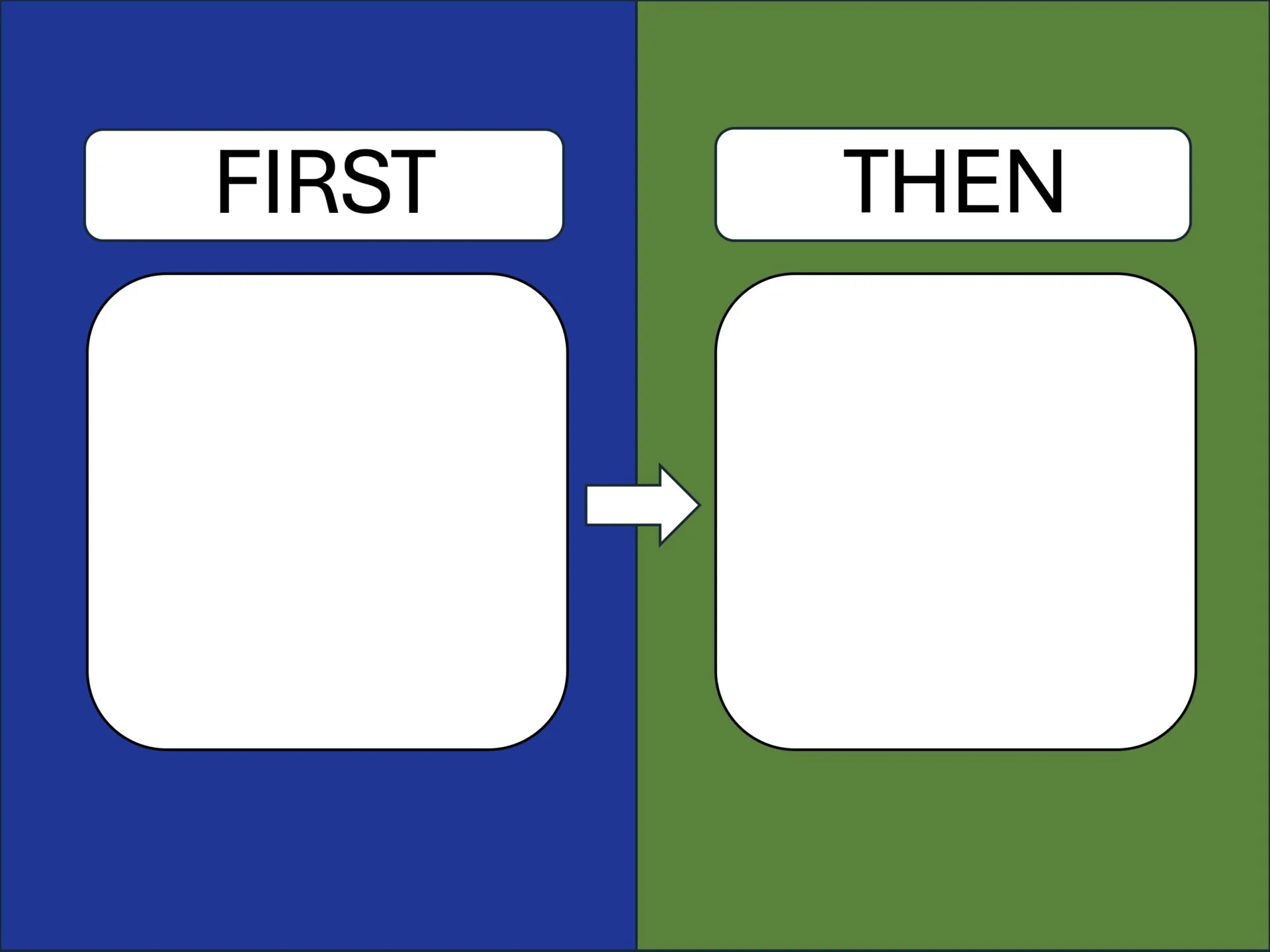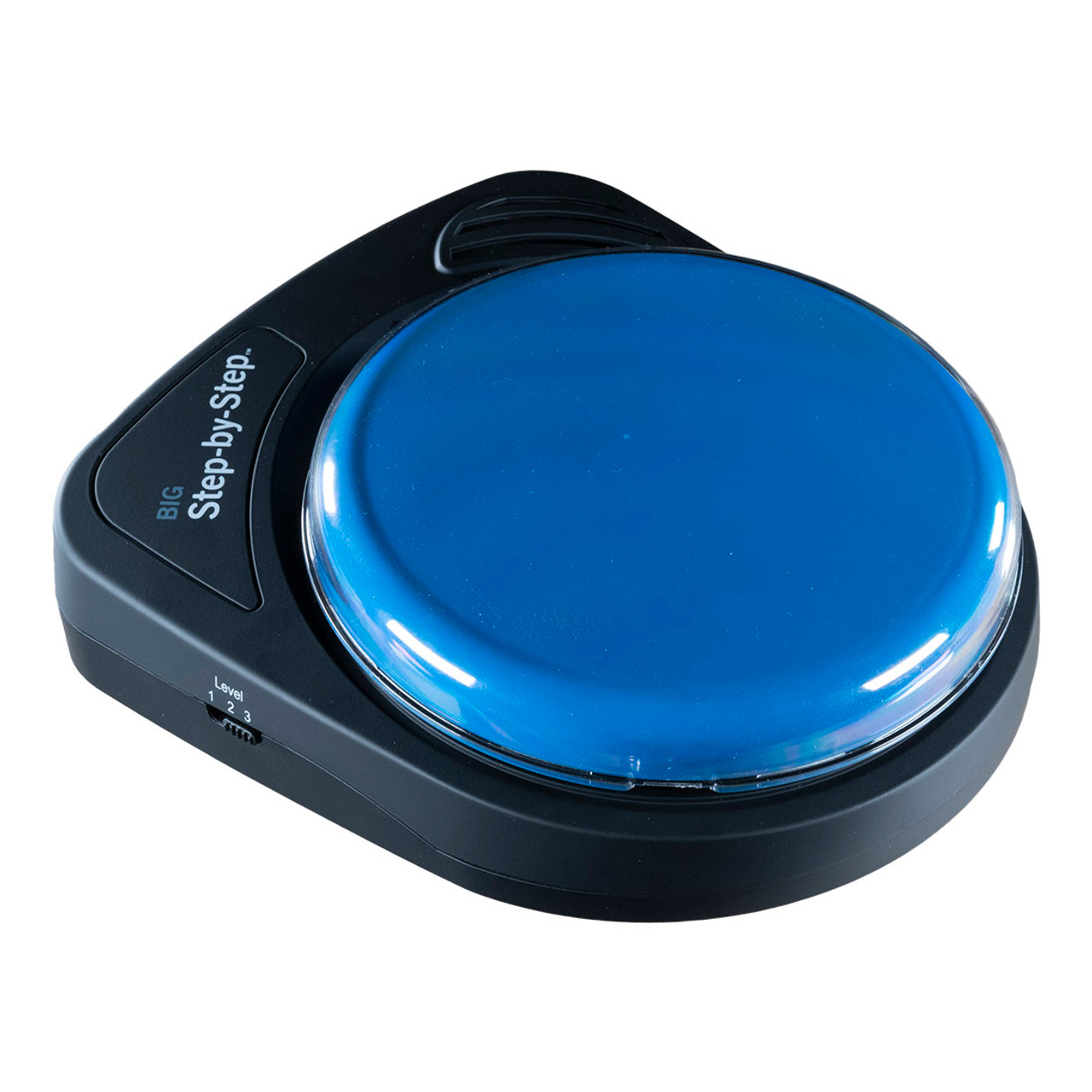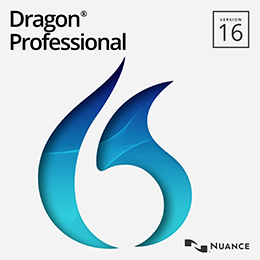Communication
Assistive technology solutions for communication needs aim to enhance the ability to effectively express thoughts, needs, and emotions. These tools can vary from low-tech to high-tech options, each designed to facilitate more transparent interactions and improve social engagement.
Communication: Low-Tech Solutions
Low-tech communication solutions encompass simple devices and strategies that aid individuals in expressing themselves without reliance on advanced technology. Examples include picture boards, communication books, and visual aids that help convey messages through images or symbols. These tools are easy to use and understand, making them accessible to many users, including children and adults with varying communication challenges. By providing straightforward methods for interaction, low-tech solutions promote independence and self-expression, positively impacting interpersonal relationships.
Communication: Mid-Tech Solutions
Mid-tech communication solutions consist of devices incorporating moderate technological features to assist users in communicating more effectively. These may include speech-generating devices, text-to-speech software, or apps designed for communication support. Such solutions often boast user-friendly interfaces and customizable options, allowing users to create personalized vocabulary and phrases. Mid-tech tools can enhance social interactions, reduce frustration, and foster conversation participation, thereby improving communication quality in everyday settings.
Communication: High-Tech Solutions
High-tech communication solutions use advanced technology to support people with communication difficulties. These solutions can include dynamic display devices that help users easily navigate options. They may also offer features like predictive text and voice modulation. Some of these assistive technologies can learn from how users behave, adjusting to their needs and preferences. While these tools may require some technical skills, they can greatly improve communication. This allows users to participate more fully in their personal and work lives.






